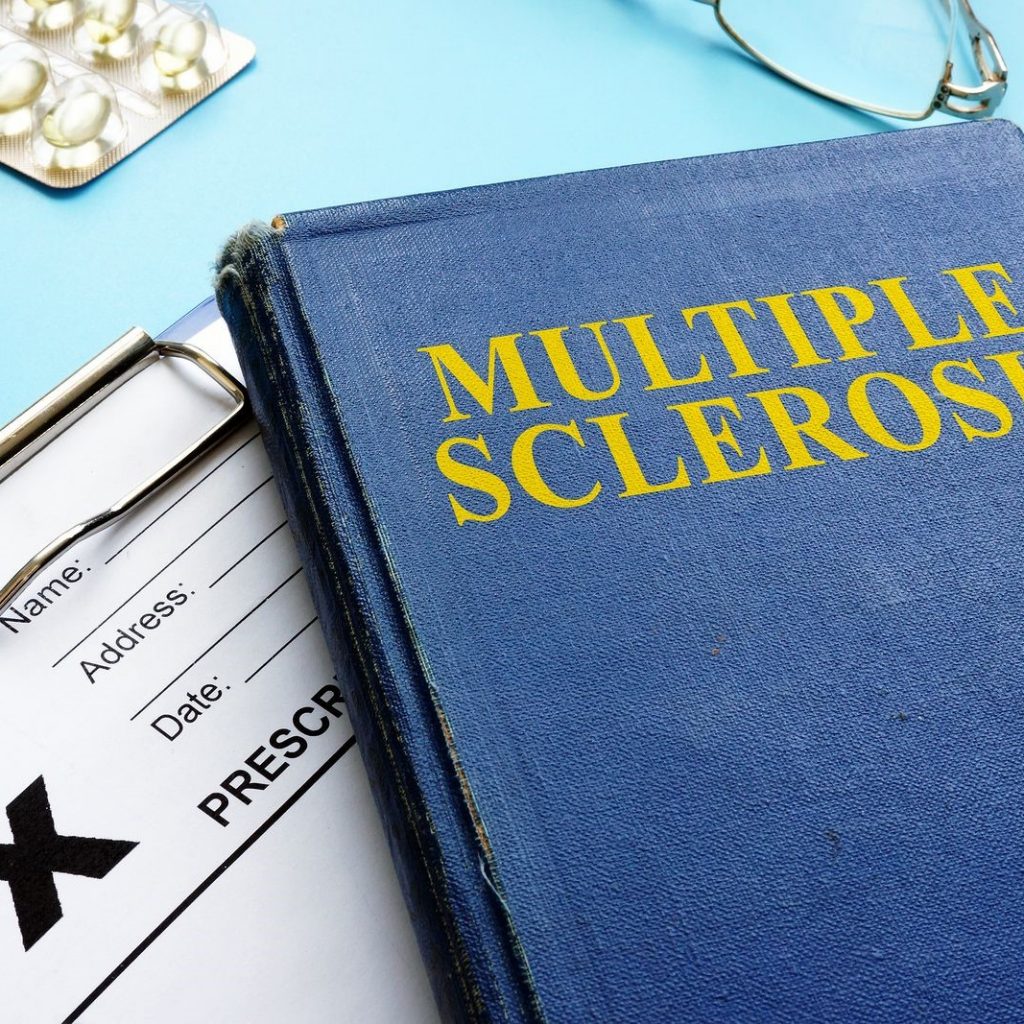The 4 Types of Multiple Sclerosis
According to the Multiple Sclerosis Association of America, as of 2019 close to one million individuals are living with Multiple Sclerosis in the United States. More than double the previous estimate of 400,000 people affected.
Multiple Sclerosis (MS) is a neurological and auto-immune disease that affects the body’s central nervous system, including the brain and spinal cord. MS is unpredictable and affects each person diagnosed differently. Some individuals may be mildly affected, while others may lose their ability to write, speak, or walk. Leesburg neurologist, Dr. Sarbjot Dulai, will walk you through the four main types of MS.
What is Multiple Sclerosis (MS)?
Multiple Sclerosis (MS) is a neurological disorder characterized by the loss of the myelin sheath (the insulating cover around our nerve fibers) as the result of an erroneous inflammatory attack by the immune system. The loss of the myelin sheath leads to impaired function in the brain and/or spinal cord resulting in the destruction of nerves transmitting the messages from the body to the brain. MS is considered an auto-immune disease, which means the body’s own immune system attacks and damages its own tissue. There are also common myths about MS that we have discussed in a previous article.
The symptoms of Multiple Sclerosis vary person to person depending on which specific part(s) of the nervous system are most affected. Symptoms include (but are not limited to):
- fatigue
- numbness
- tingling
- blurred vision, double vision, or loss of vision
- unsteady gait
- weakness
- bladder problems
- dizziness or vertigo
- spasticity (muscle stiffness or spasms)
- sensory symptoms
- tremors
- temperature sensitivity
- impaired coordination
- trouble with short-term memory and concentration.
MS has four main types that were defined by the International Advisory Committee on Clinical Trials of MS in 2013. These categories are bases on the phase and the severity of the disease’s progression. They are clinically isolated syndrome (CIS), relapsing-remitting MS (RRMS), secondary progressive MS (SPMS), and primary progressive MS (PPMS).
Clinically Isolated Syndrome (CIS)
Clinically isolated syndrome (CIS) is the first clinical presentation of the disease signified by inflammatory demyelination. CIS is thought to be a single relapse form of relapsing-remitting MS (RRMS). This means that a person with CIS may never have another episode of symptoms, or it could progress to full MS later in life. The diagnostic criterion for MS requires two nervous system attacks within separate locations of the body occurring at two separate times giving it the name Multiple Sclerosis.
Relapsing-Remitting MS (RRMS)
The most common form of Multiple Sclerosis is relapsing-remitting MS. The form of the disease is characterized by exacerbations or relapses, which are defined by appearance of new symptoms, or the return of old symptoms for 24 hours or more. These relapses are followed by remission, which is a period of partial or complete recovery from symptoms.
This type of MS differs from progressive types of MS because in RRMS the relapses represent new inflammatory attacks on the brain and/or spinal cord. Less inflammation is present in the progressive forms of the disease.
Secondary Progressive MS (SPMS)
SPMS is a stage of MS where a person’s symptoms steadily worsen, even if the individual experiences no relapses. Symptom flareups may still occur in SPMS, but symptom changes are much less drastic than in the RRMS stage and the symptoms do not disappear even in the remission phases. Diagnosis of SPMS usually comes after reviewing the progression of the disease for 6 months. However, there is no single test that defines MS changes from RRMS to SPMS.
In relapse-remitting MS, symptoms are thought to be driven by active inflammation that causes damage to the brain. In contrast, secondary progressive MS is driven by neurodegeneration (nerve damage that continually worsens over time) mostly without inflammation.
Primary Progressive MS (PPMS)
Like SPMS, primary progressive MS (PPMS) is identified by symptoms that worsen over time, with the periods of relapse and remission that characterize RRMS. However, the disease progression starts right from the disease onset. PPMS can be classified as active or non-active depending on whether a patient experiences occasional relapses, or there is evidence of new lesions on an MRI. It can also be defined as with or without progression based on symptom changes over time.
Treatment for Multiple Sclerosis
There are more than a dozen disease-modifying therapies approved by the U.S. Food and Drug Administration (FDA) to treat all types of MS. Each drug has an indication from the FDA as to which types of MS it can be used to treat. Currently, there are more treatments available for relapsing forms of MS than progressive types. Scientists all around the world are actively seeking more effective treatments for all types of MS—progressive and relapsing. Dr. Dulai of Dulles neurology is knowledgeable in all forms of MS and treatment options. If you or a loved one are experiencing any of the symptoms of MS, contact Dr. Dulai today.
Schedule an appointment with your neurologist today!
Schedule an appointment with neurology specialist in Leesburg, Dr. Sarbjot Dulai. He can diagnose the condition, provide expert assistance, and offer professional advice; as well as answer any questions you may have about the condition. Contact Neurology Associates today at (703) 726-6393 to schedule a consultation with Dr. Dulai.







